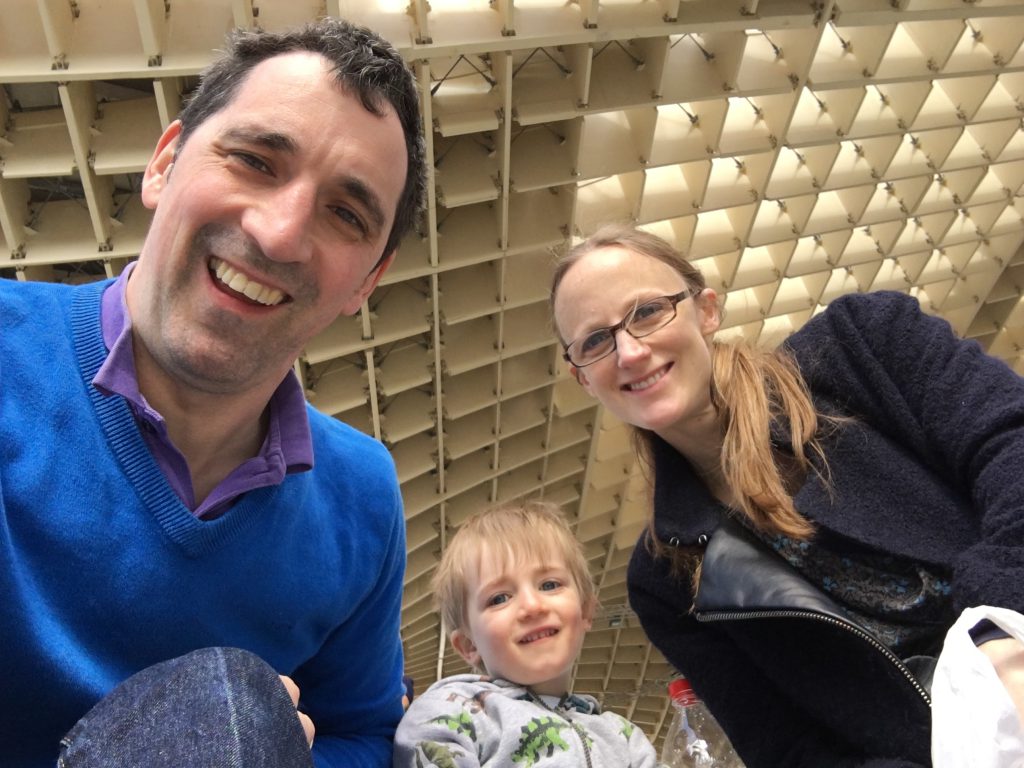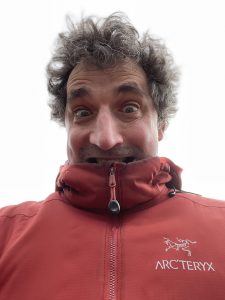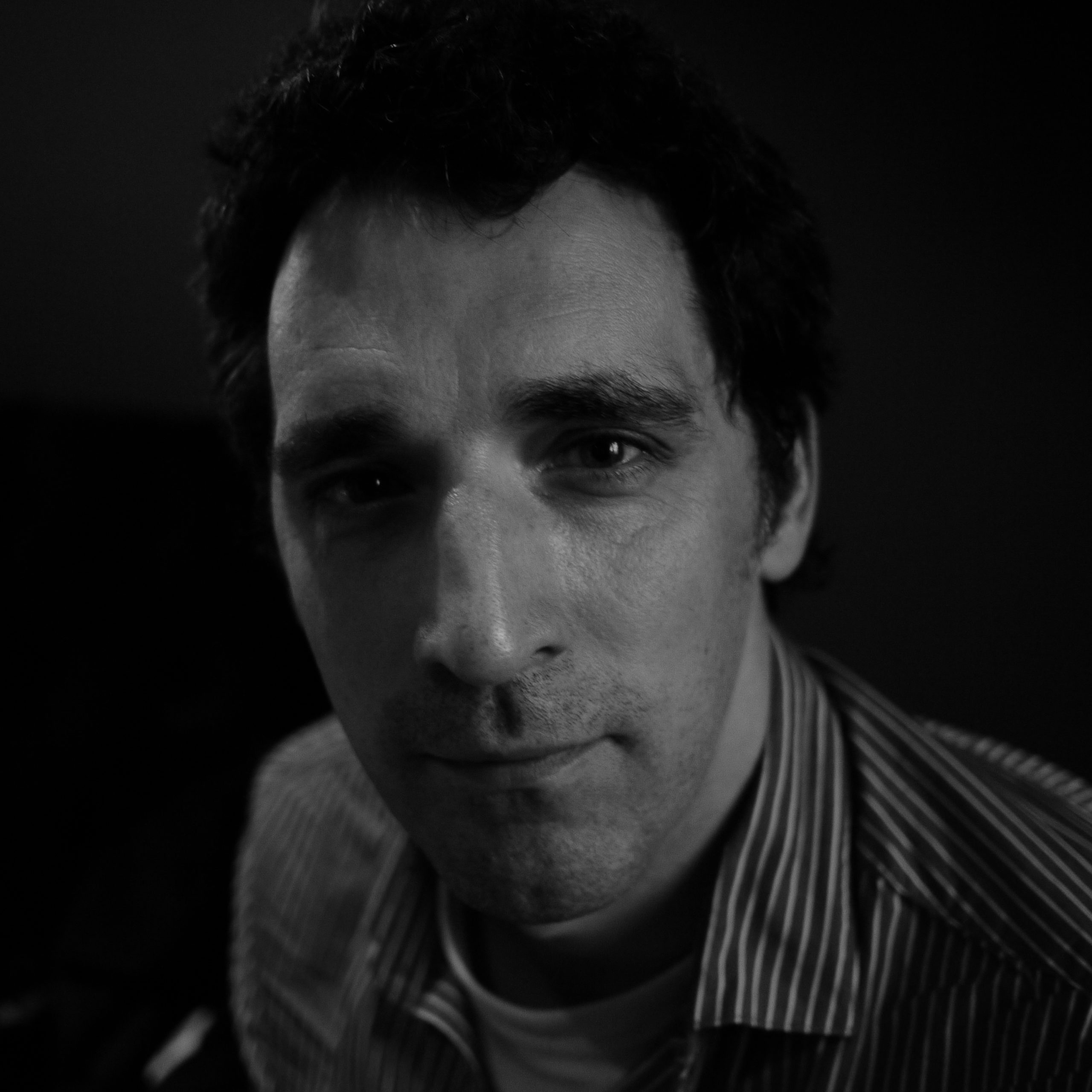The Training Diaries: An Interview with Ian Mulvany
Covid-19 has hit the world hard and to say it has been a tough old year, would be an understatement!
But, we are a resilient bunch and whilst it has been tough on many of us for so many different reasons, we are today going to shine a light on PARENTS. One parent in particular named; Ian Mulvany.
After completing two Lattice Climbing Training Plans (formerly Lite Plan)—that’s a total of x2 blocks of x12 week training—Ian reached out to Tom Randall (one of the Lattice founders) to offer some of his feedback and observations, having achieved some absolutely brilliant gains.
Those gains are all whilst juggling a full-time job, homeschooling his 8 and 4-year-old children and, as is the situation for so many of us, fighting a complete lack of motivation, due to lockdown doom and gloom!

“I had fewer niggles, even with more load than the first time round”.
Ian got in touch, after testing his progress using ‘My Fingers’ (the free Lattice finger testing protocol) as he discovered he had managed an impressive 122% body weight on a 23mm edge.
Ian had also observed that he had “fewer niggles, even with more load than the first time round” on his second block of the Lattice Climbing Training Plan.
Well it’s safe to say that receiving this type of feedback always gets the team here at Lattice stoked, so we decided to interview Ian.
We know there are many parents out there, just like Ian potentially finding this a difficult time. Especially when it comes to finding the motivation to power on and work hard. So let’s take a look and see what they discussed:

1) – Can you start by telling us a little bit about yourself?
Ian: I turn 47 this year, and I’ve been climbing for about thirty years, but I’ve never done any real structured training before. Climbing has always been there but definitely comes after family and work for me.
Work and study led me to live in a few countries, but I moved to London in 2007 and me and my wife settled down and started a family here. We have two children an eight-year-old boy and a fearless four-year-old girl. We are also both working full time. I probably had a good peak in climbing performance back in 2012, and then since the kids came along it’s been very patchy. Since our daughter started school last year I’ve been getting back to the wall a bit more and I thought 2020 might be the start of a good year – but then the pandemic hit.
2) – So Ian, you’ve been training for a while with us on a Climbing Training Plan now and you’ve had some good success so far (which is great!) but what I thought would be really insightful for the readers is to delve a bit deeper into what you’ve been up to and what your situation is like. Firstly, can you tell us a bit about your work and home set up?
Ian: Of course! So, my wife leads a research consortium that studies asthma in children across seven countries in Africa, and I started a new job in April working at the British Medical Journal, so both of our work has been really intense this year and with a direct connection to COVID. Work for both of us is very full-on, lot’s of zoom calls, working with lots of people. My main trick is to try to write down the three things I want to make progress on in a week, but when you throw in the endless washing up, clothes, chores well you know.. it’s a lot to do!
We live in a central London flat and are lucky to have just enough space for us to both have a desk and space to work in (even if it is in a bedroom). In terms of the kids, we split the homeschooling duties between the two of us. My family is in Ireland and my wife’s family is in Germany, so unfortunately we don’t have any direct support that we could form a support bubble with.
In terms of training kit, I’ve had an old Pusher fingerboard setup for years and I added a Beastmaker 1000 a few years back. I have the obligatory pull-up bar and assemblages of rubber bands and finger springs. The fingerboards are all on a backboard setup above a doorway. I had to make some modifications over the course of the training, and I’ll go into that a bit later.
~ Shoreditch Boulder – inner city pressure V2
3) – How have you found it trying to train through lockdowns and having the kids at home? Have you changed anything since this happened?
Ian: I don’t know if you can remember, all the way back to February in 2020. It seemed like the scenes we were seeing in Italy were unbelievable, and yet the relentless nature of a virus with a high reproductive number meant that it was pretty clear that it was going to hit the UK. I think we kind of knew that there was going to be a lockdown and that it was going to last a good few weeks. That’s when I decided to sign up for the first training plan. I knew that I was going to be stuck at home, and it seemed like a good way to finally try out some more structured training.
At least that was the original idea. I had to push the start date back by a month because I contracted Covid, so instead of starting in April, I started in May instead.
I had a lot of doubts about it. I wasn’t sure if I was strong enough to get started with the plan, I didn’t know if I could manage it at all during the lockdown, I was worried that maybe I was going to be too old for my body to respond. At the same time, I kind of figured that I’m not getting any younger, and maybe these next few years are the last chance I have to actually build a base for improvement. I also realised that I wasn’t going to be doing any travelling, so I’d have some uninterrupted time. It turned out that not only was I not going to do any travelling, I wasn’t’ going to do anything else either! I also figured that if I got through the lockdown without getting weaker (let along getting stronger) that would be a big win.
When the plan actually arrived I was a bit shocked about the volume of training involved. I thought that it was going to be a few evenings a week, but it turned out to be a fair bit more than I was expecting.
Anyway, I got started, and something really good happened. When we were getting deep into lockdown, and trying to manage work, and having the children at home, and not having anything to really look forward to, the plan gave me a sense of progress.
I had the 12 weeks laid out in front of me, and even though it was a fairly arbitrary set of goals, it created a sense of progress, and structure, and I think that really helped me get through the first lockdown.
I’ve done a lot of intermittent training in the past, but never with any structure like this before. Having the support of the app to track progress and training load was great. I found that I needed to tweak my setup a fair bit to make it work. I originally didn’t have enough weights in the house to offset to the amounts that I needed. I tried using therabands, but it was really faffy and they kept breaking, so I just bit the bullet and bought some more weights.
I originally had the pulley hanging directly off of the fingerboard, but the weights would bump up against my knees, and I wasn’t sure if I was getting a good offset. I moved the fingerboard to another doorway where I could offset the pulley better. Finally, I ended up getting a new fingerboard with a flat set of rungs. I’d been using the 20ml edge of the beastmaker, but was bunching my fingers. I ended up getting the metolius T-bone, which has a slightly larger edge but is totally flat all the way across.
One dumb thing that has really helped – we used to bring both of our kids to bed together at night time, and, well, it could be a real pain in the behind. My wife came up with the brilliant idea of us taking turns. That’s been great, it means you know you have a bit more time every other evening. While school was still working, and while we were working at home, I could fit some of the training into the middle of my day, but that’s pretty much out the window now that we have to do home schooling.

4) – What do you think have been the lessons you’ve learned about your body (how it adapts) and recovery times whilst being on a training plan with us?
Ian: The number one lesson that I have learnt is that my fingers can take way more load than I realised was possible before. Just going through the protocols arout testing finger strength and then gradually upping the load over the weeks, has shown me that very specific adaptation in the forearm can lead to impressive results.
The second main lesson is to really listen to my body. I’ve done two Lattice programs. About 2/3rds of the way through the first one I was trying to fit in a set of pull-ups with extra weight. The kids had just gone to bed but were still shouting at us, I had some other work on my mind that I needed to get done and I was very distracted. I was trying to rush through the set and I pulled my lat muscle really badly. There were plenty of warning signs and I just ignored them. That was a pretty big lesson.
It’s much harder to disentangle any clear answer about recovery times because, to be honest, life is just too hectic at the moment. I’ve been mostly able to keep up with the volumes of the training set out by the app, and that was also surprising, but it was less limited by fatigue and more limited by available time.
5) – What types of training do you respond well to and what do you find a bit more challenging?
Ian: Looking at my stats across the two programs that I’ve done, my endurance numbers went from xxx to 165 seconds. My max weight pull-ups went from a max weight of 106.8Kg at a % of 118.9% to + 118.5 130%. My finger hang strength went from a max weight of 94.1 at a % of 104% to a max weight of 110.7kg at a % of 122% – a relative improvement.
Looking at this data the area that improved the most – relatively was max finger hang strength. I think this is largely due to two factors. First up, this is the area that most of the focus is on in the training program. Secondly, I’ve been climbing for a long time, so my underlying finger tendon fitness is in pretty good shape. Nonetheless, it was really great to see.
The area that I had the hardest time with was around core exercises. I pretty much failed to fully complete any set of core exercise. This is an area of fitness that I’ve just let slide over the years, and I found it really challenging.
6) – You’ve been really good at tracking some key metrics during your last year – what have you been keeping an eye on and how has that been?
Ian: Over the last year I’ve been trying to get into atomic habits. The idea is you pick some areas that you want to make progress on, and you just do a little bit each day. I’ve been tracking things like doing a little bit of reading each day, trying to increase the number of days in the week that I’m not drinking alcohol, and before starting the lattice program I was tracking how many days in the week I was doing some kind of training for climbing.
Since starting these program that app has pretty much been tracking workouts and training volume for me which has been great.
I’ve been doing the mid-cycle assessments, and checking progress at the end of each cycle but not more than that. I like that there is an easy protocol for tracking changes. Before I would use a lot of heuristics, like how I felt on campus sets at the gym, for example, but something like that is prone to many more variables.
While tracking these things is great, it’s important not to fall foul of Goodhart’s law – https://en.wikipedia.org/wiki/Goodhart%27s_law – where the measure becomes the target. It’s very important to recognise that these are improvements in one very specific context – training indoors, with very limited equipment, during a pandemic. The ultimate purpose of all of this is to help with my climbing goals. I’m not expecting this to immediately translate to performance on rock, or even at the climbing wall. You just need to put in the time in the context that you want to perform in. What I am expecting is two things. Firstly, this is a great way to keep base fitness together, so that when the walls do open again, and I can get onto real rock again, the time to adapt will be much much shorter than if I had taken a year off. Secondly, this is building up the practice and discipline for data-driven training and improvement, and I’m hoping to carry those habits though into the years that I have ahead of me.
That said, I was just at the Shoreditch boulder today, and I got the crimpy sit start to a V4 problem that I’ve been trying for over 10 years, and that I’d never been able to pull off the ground on before, so that’s progress! Have to go back and work on the rest of the problem now!
~ Mabley Green, V4
7) – If you could go back a few years with the knowledge that you have now, is there anything you’d tell your younger self? Anything that stands out?
Ian: I have lots of advice that I would give my younger self, and I’m sure I would watch in despair as I ignored it all, a fate I am destined to experience with my children as they merrily ignore me, now and in the future.
But here in the context of training, there are three things that stand out.
First, reduce the barriers to training. Over the pandemic, for me, that involved buying some weights, rejigging my fingerboard set up so that it was out of the way of family members, and leaning on an app that could just tell me what to do, which reduced the cognitive load.
Second, a repeatable protocol for tracking improvements is both directive and highly motivating.
Third, a very specific focus on finger strength is one area that you can have control over in a home environment, and it’s also probably the area of strength that can do with the most long term investment, as this is the area of our physiology that we most psi gout or it’s a natural resting state when we climb.
When Eric Horst’s training for climbing came out I remember trying to figure out macrocycles, microcycles, getting all confused about periodisation. In the end, I think given the very real-time constraints that many of us have, finding a system that supports strength gains, and maintenance, and is relatively simple, is a big big win.
8) – Lastly, what’s on the horizon for you this year?
Ian: This year is still very much about survival. Hopefully, the vaccination program is going to kick in, schools will reopen and we can find a bit more breathing space.
I have one key goal this year which is to break into V5 on a regular basis. If we get a release in the lockdown then I’ll be getting to the wall and aiming to translate the training I’m doing now to bouldering. There is a new wall about to open five minutes from where I live so I’m very excited about that. I have a few V5 projects on the two local granite boulders in London. Ticking either of these would be thrilling.
Coronavirus left me with a reduced aerobic fitness, and I want to get that back to a range that is more appropriate for my age, I’m just rolling in things like more regular walks, and the odd light cycle into my routine.
If we do get some respite, and we can actually travel, then visits to family come first, that might give me the chance to try some old problems in Dalkey Quarry in Dublin, and hopefully, we might even make it to visit with my wife’s family at their place in Switzerland. We have been visiting with them there for over a decade and it was only last year that I found out that the place is only a 20-minute drive from Rawyl – the sport climbing Mecca. I’ve not been training at all for routes, but if we make it there I’ll be on the lookout for someone who can drag me up a few routes (if anyone knows any good guides in the Sion region of Switzerland let me know).
If all that pans out, and travel is increasingly allowed, then for sure I’ll fit in a few days in Fontainebleau. I have a long-standing relationship with La Marie Rose where I try it every few years, and it promptly spits me off. When I started bouldering font 6a seemed like an unimaginable grade for me, so sometime before my joints pack in I want to give myself a few more good goes on that one.






